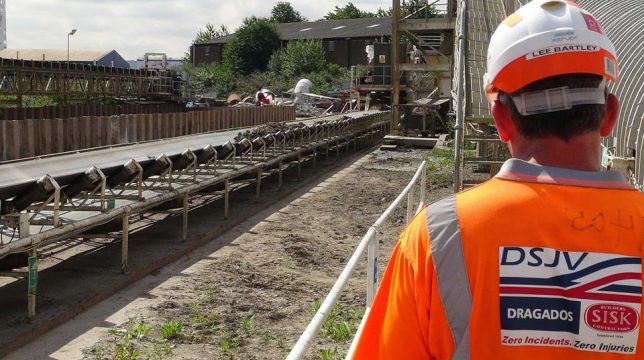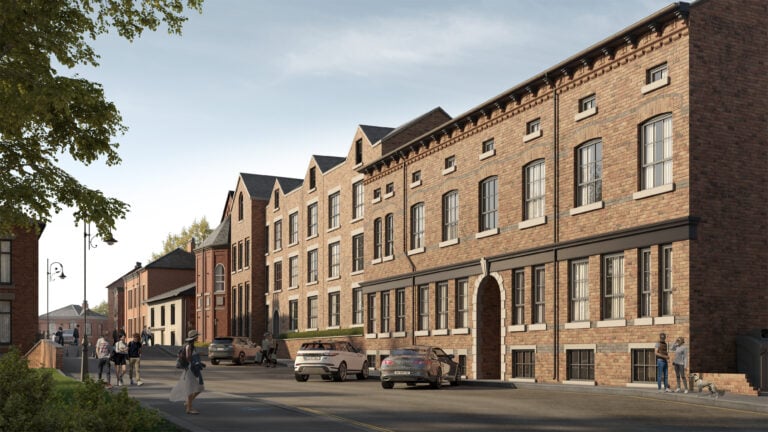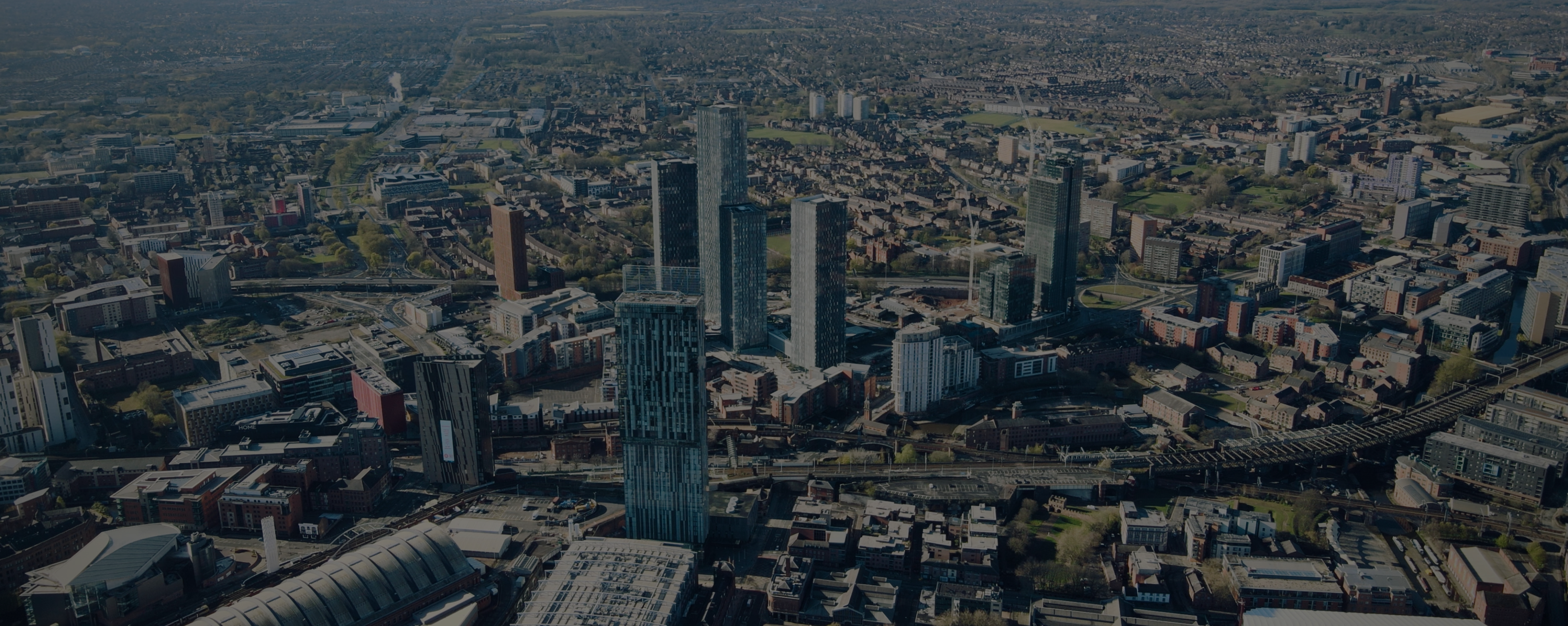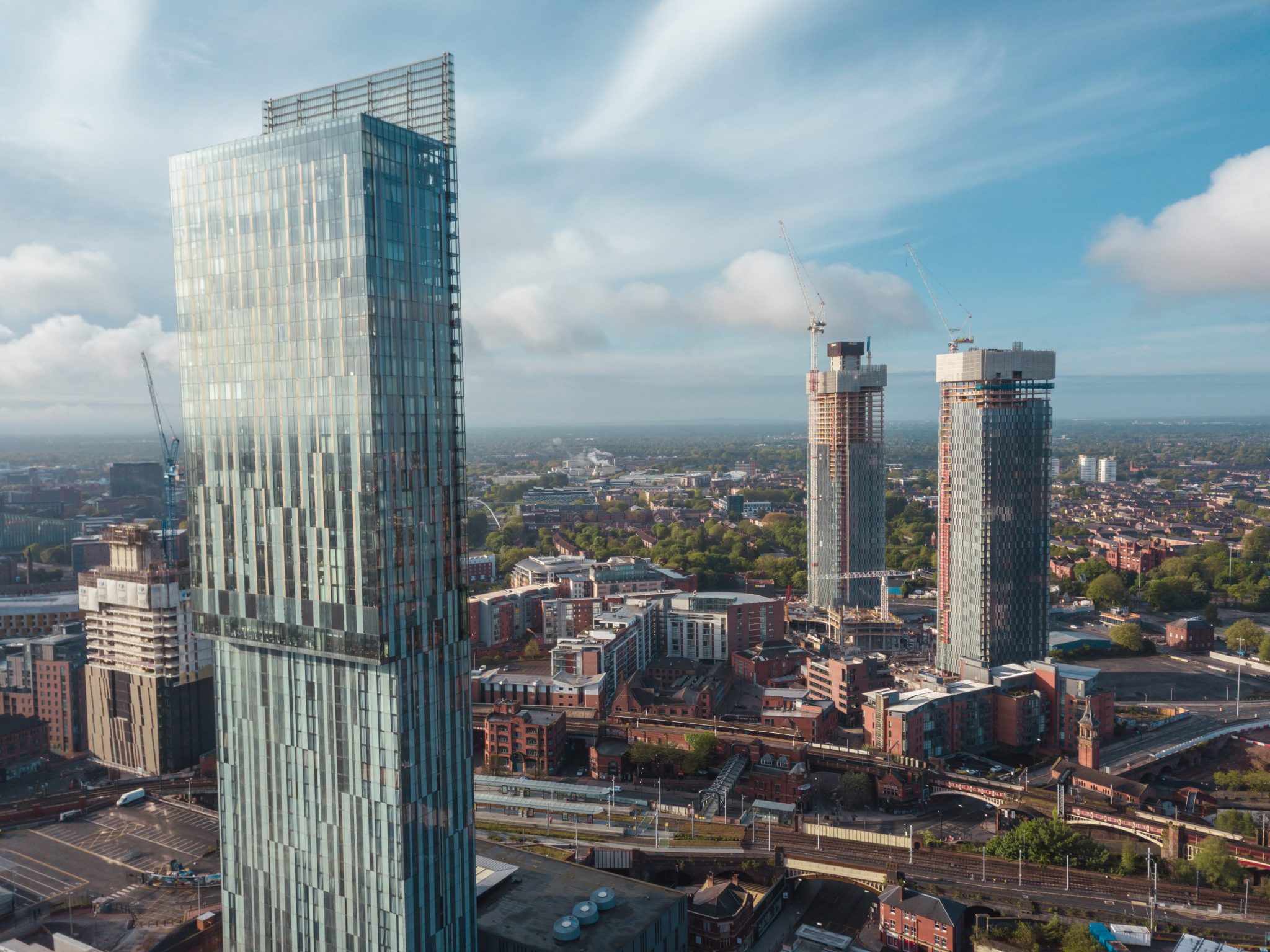Since the announcement of the new High Speed Rail connecting the country faster than ever, areas of the west side of the route have seen a much stronger than average growth of house prices, Nationwide revealed.
London and the South East are served by an extensive network of rail and road links which gives commuters the option to travel in and out of the capital, the Nationwide report revealed. The Crossrail project, a railway line spanning from Reading and Heathrow in the west to Shenfield and Abbey Wood in the east, will be another improvement to this network.
The 40 station route connects towns in Berkshire and Essex to the City’s big employment centres as well as Canary Wharf. The line is expected to be fully completed by the end of 2019.
The Crossrail is only the first part of a major project to connect the country better. High Speed 2 and High Speed 3 are planned to follow shortly, meaning the current developments in the South are great indicators of what will happen across the rest of England https://www.buyassociationgroup.com/en-gb/2016/04/08/new-railway-stations-new-homes-2/ in a couple years’ time.
On the west side of the route (the Great Western mainline), rates of house price growth have been significantly higher than the rates recorded in the region as a whole and the UK average since the announcement of the project.
The two best performers over the last 24 months have been Slough and Reading, with house prices rising by 39% and 33% respectively since April 2014, compared with the regional average of 22%.
Andrew Harvey, Senior Economic Analyst at Nationwide, comments:
Our analysis suggests that the Crossrail project has provided a significant uplift to prices on the western section of the line to Berkshire. Slough, in particular, has seen house prices rise by 39% since April 2014 – nearly double the average rate of growth seen across the South East as a whole. Average house prices in the town have historically been around 15 per cent to 20 per cent lower than the regional average, but the growth seen since 2014 means that prices are now just around six per cent lower than the South East average.
“It will be interesting to see if the house price trends seen in both Slough and the wider South East region continue over the next few years as the full service is introduced.”










